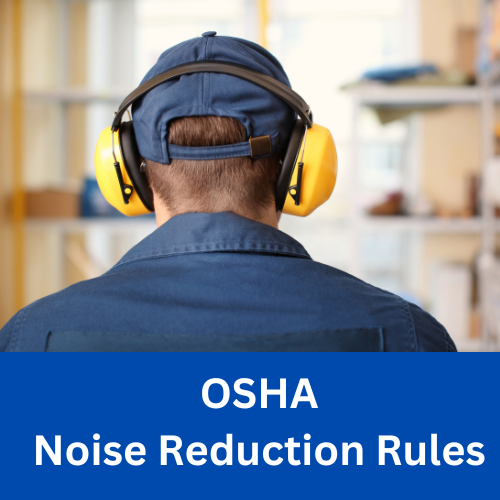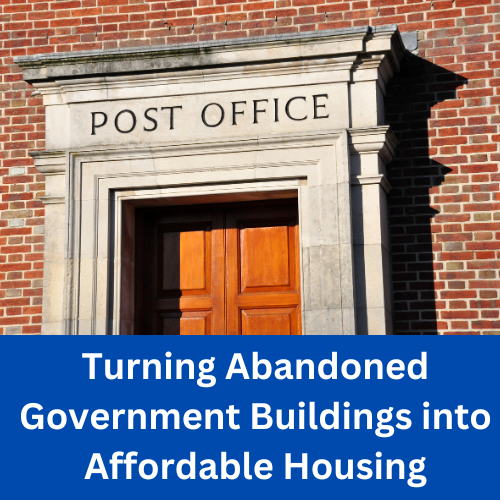As discussions around the housing crisis intensify, governments at every level aresearching for creative and…

OSHA Noise Reduction Rules and Safety Gear Laws Every Fenestration Manufacturer Should Know
In fenestration manufacturing, the hum of saws, drills, and air compressors is a constant. But while production must stay loud to stay efficient, failing to manage noise levels and enforce proper safety protocols can cost far more than just hearing—it can lead to fines, injuries, and long-term health issues.
Understanding and complying with OSHA’s noise exposure rules and personal protective equipment (PPE) requirements is essential to running a safe and compliant shop floor. Here’s what you need to know:
OSHA’s Noise Exposure Standards: What the Law Requires
According to the Occupational Safety and Health Administration (OSHA), employers must implement a Hearing Conservation Program if noise exposure equals or exceeds an 8-hour time-weighted average (TWA) of 85 decibels (dBA).
Key Requirements Include:
- Noise Monitoring: Evaluate employee noise exposure using a sound level meter or dosimeter.
- Hearing Protection: Provide appropriate hearing protection devices (HPDs) like earmuffs or earplugs.
- Audiometric Testing: Offer baseline and annual hearing tests to employees exposed at or above 85 dBA.
- Training and Education: Conduct annual training on the effects of noise and the proper use of hearing protection.
- Access to PPE: Make hearing protection available at no cost to employees.
Common Shop Equipment Noise Levels:
- Double miter saw: ~95–100 dBA
- Air compressors: ~90–96 dBA
- CNC routers: ~85–95 dBA
- Cut-off saws: ~95–110 dBA
Tip: Use sound-dampening materials or enclosures around loud machinery to help lower ambient noise levels.
Personal Protective Equipment (PPE): What You Must Provide
OSHA mandates that employers assess workplace hazards and provide suitable PPE to protect employees from injury or illness due to physical, chemical, or mechanical dangers.
Required PPE for Fenestration Manufacturers:
- Eye Protection: ANSI Z87.1-rated safety glasses or goggles when working with flying debris, metal chips, or glass.
- Hand Protection: Cut-resistant gloves when handling sharp materials like aluminum or glass.
- Hearing Protection: Earplugs or earmuffs when noise levels exceed 85 dBA TWA.
- Respiratory Protection: Masks or respirators when dealing with airborne particles (e.g., from grinding or cutting composites).
- Foot Protection: Steel-toe or composite safety shoes to protect against heavy falling objects and punctures.
- Fall Protection (when applicable): Harnesses and lanyards for work on elevated platforms or in glazing installation bays.
Pro Tip: Conduct routine safety audits to make sure PPE is in good condition and being used properly.
The Cost of Non-Compliance
Failing to follow OSHA safety regulations can be costly in more ways than one:
- Fines: OSHA penalties for serious violations can exceed $16,000 per instance as of 2025.
- Lost Time: Injuries lead to downtime, retraining, and higher insurance premiums.
- Employee Turnover: Unsafe environments drive away skilled workers.
- Reputation Damage: Safety violations can impact customer trust and business relationships.
How to Stay Compliant (and Safer)
- Train Regularly: Host quarterly safety briefings and toolbox talks on PPE use and hearing protection.
- Invest in Low-Noise Tools: Consider quieter, automated machinery which help reduce noise exposure and operator fatigue.
- Provide Proper PPE: Make sure all safety gear is readily available, free of charge, and properly fitted.
- Keep Records: Maintain documentation of training, noise monitoring results, and audiometric testing.
Final Thoughts: Safety Is Smart Business
In the fenestration industry, safety isn’t just about compliance—it’s about protecting your greatest asset: your people. Prioritizing OSHA noise reduction rules and PPE policies doesn’t just reduce risk—it builds a workplace culture that values quality, responsibility, and long-term success.
Want help creating a safety checklist? Let the experts at Wakefield Equipment help. Give us a call or contact us or visit our other articles on OSHA standards.



